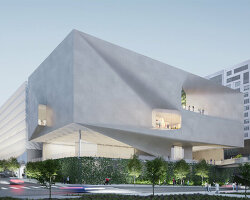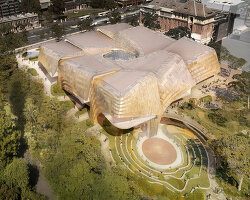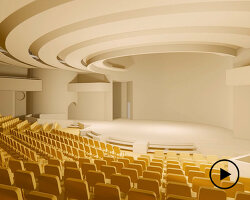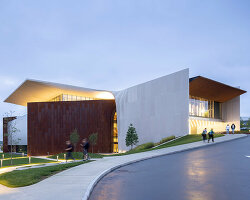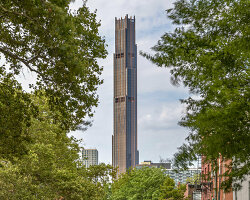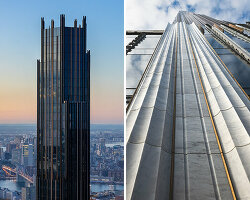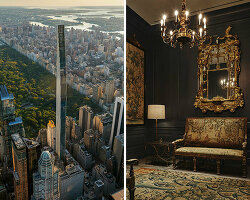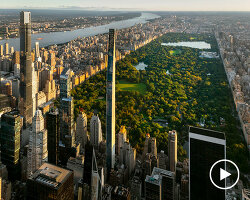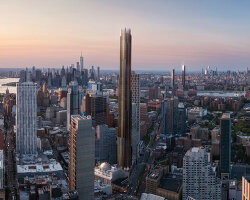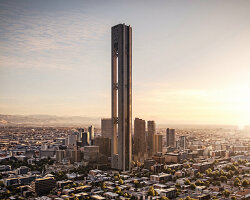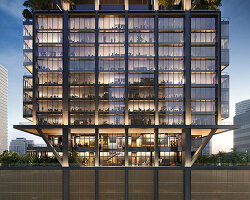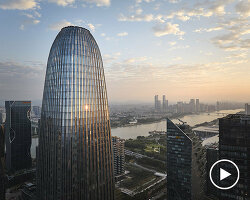KEEP UP WITH OUR DAILY AND WEEKLY NEWSLETTERS
PRODUCT LIBRARY
martin gomez arquitectos brings japanese design influences to coastal uruguay with this boji beach house.
the minimalist gallery space gently curves at all corners and expands over three floors.
kengo kuma's qatar pavilion draws inspiration from qatari dhow boat construction and japan's heritage of wood joinery.
connections: +730
the home is designed as a single, monolithic volume folded into two halves, its distinct facades framing scenic lake views.
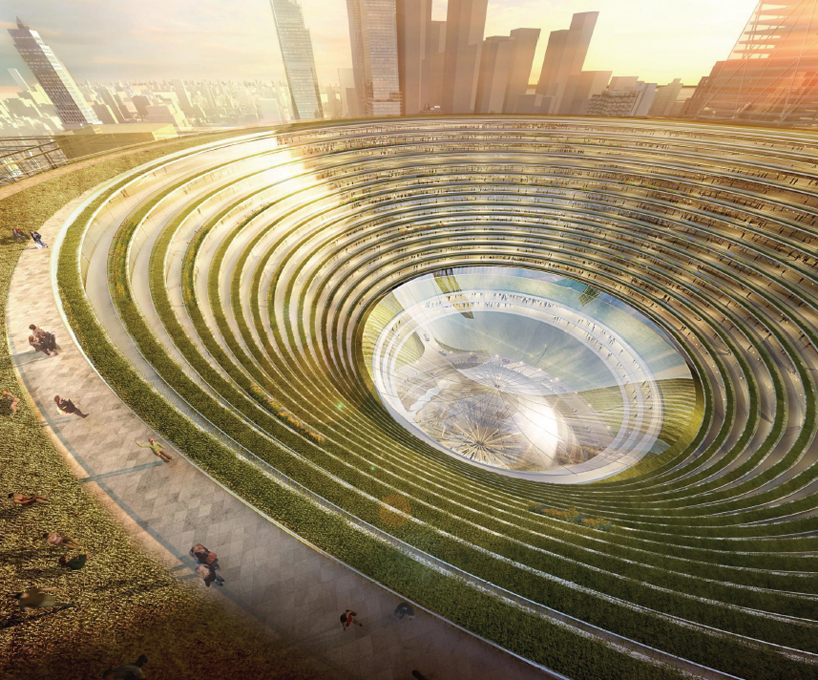
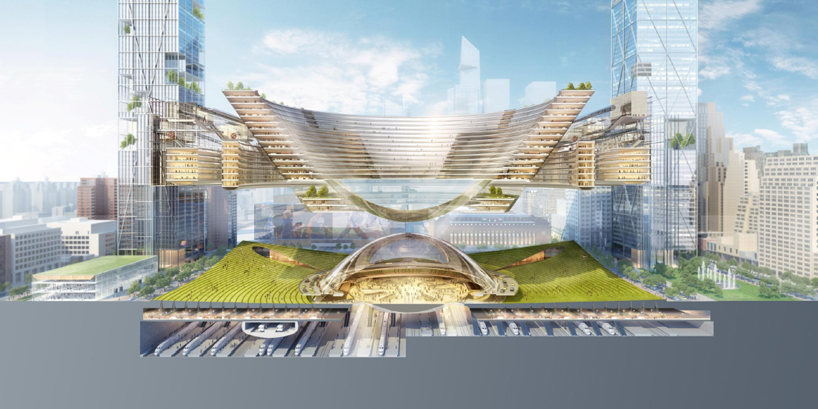 a sectional perspective view shows that central transparent ticket hub and expansive green space by SOMimage © SOM
a sectional perspective view shows that central transparent ticket hub and expansive green space by SOMimage © SOM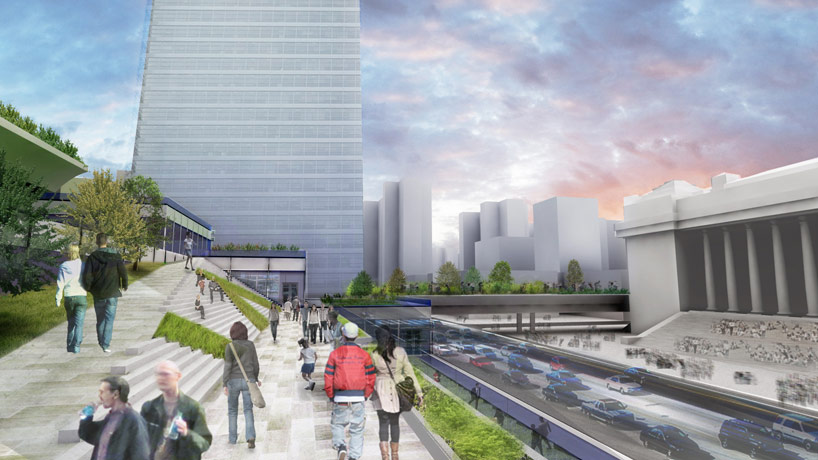 penn station is a democratized network of circulation in the proposal by h3image © h3 hardy collaboration architecture
penn station is a democratized network of circulation in the proposal by h3image © h3 hardy collaboration architecture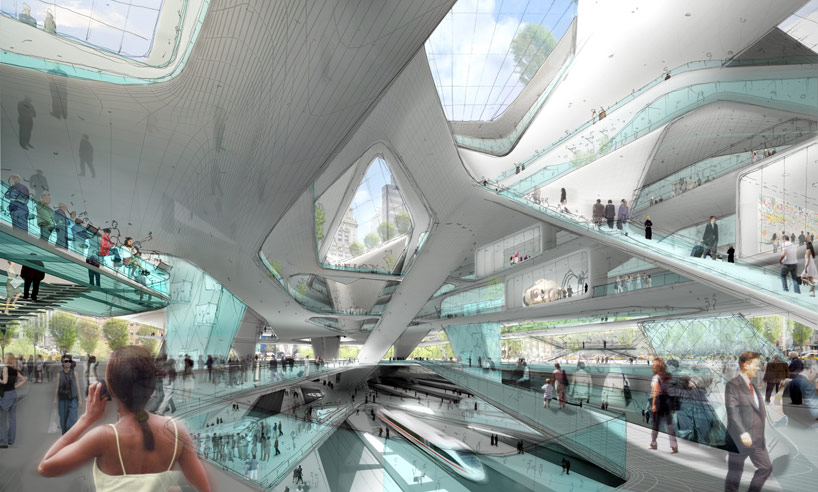 the ‘city within a city’ proposed by diller, scofidio + renfroimage © diller, scofidio + renfro
the ‘city within a city’ proposed by diller, scofidio + renfroimage © diller, scofidio + renfro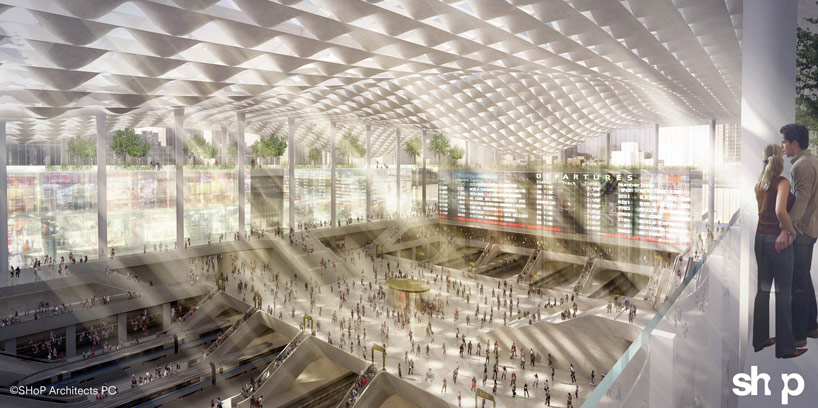 the SHoP proposal breaks up light in the centralized hall for the ‘gotham gateway’image © SHoP architects
the SHoP proposal breaks up light in the centralized hall for the ‘gotham gateway’image © SHoP architects
